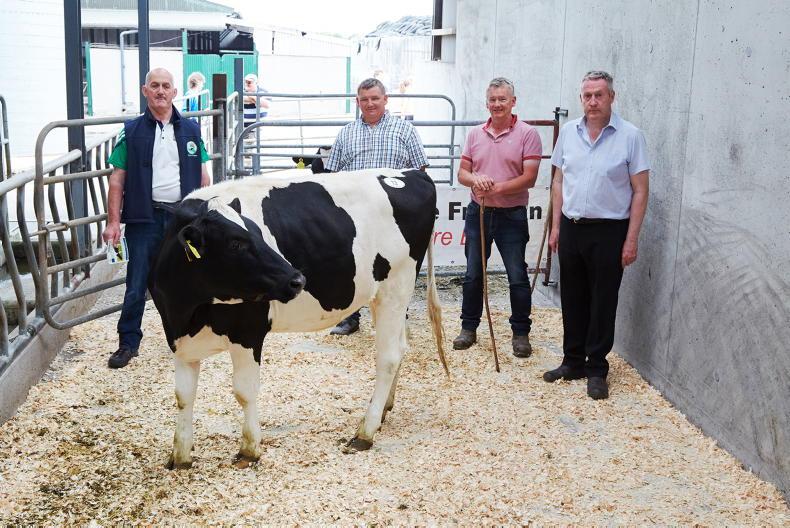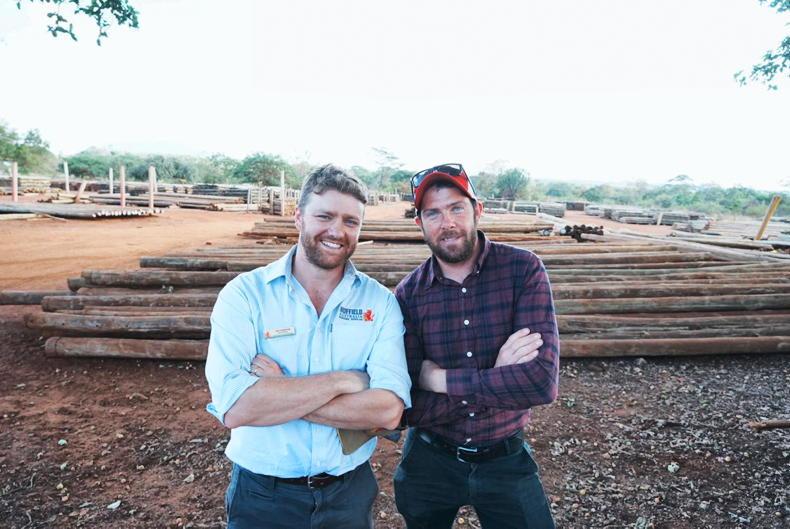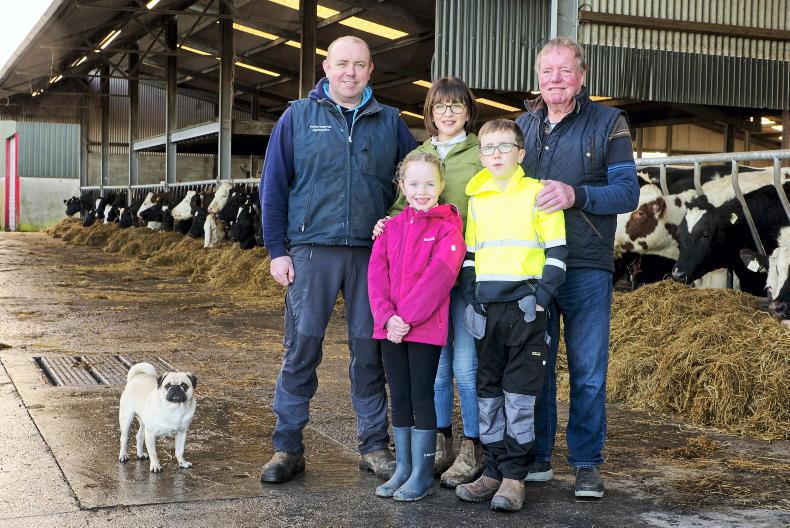I took the opportunity over the weekend to get all cows and autumn-born calves weighed before turnout. These calves are between five and eight months old and still suckling on the cow, so it was a good time to weigh both in order to get a measure on performance.
With the launch of the new suckler cow scheme officially called the Beef Environmental Efficiency Pilot (BEEP), there’s the added benefit of getting paid for a job that I have been doing for several years.
In other years, I may have weighed calves on one day and perhaps the cows on another, depending on events of the day.
As the scheme requires that the cow and calf are weighed on the same day, I got all cows and calves weighed together.
Weighing is not done just to satisfy conditions of the BEEP scheme and results need to be analysed to extract as much useful information as possible in order to make the time spent more worthwhile and assist in future breeding decisions.
Weaning efficiency
Calf weight, calf age, weight of cow and the weaning efficiency figure are the first figures I look at. The weanling efficiency figure (calf weight as a percentage of the cow weight) throws up some interesting results.
As I have already selected cows not to put back in-calf based on past performance, the weanling efficiency figures confirm the correct picks. None of the top performers are on my cull list, while five of the bottom six are marked as culls. The sixth cow, a 730kg animal, will not be put forward for breeding again.
It is important to bear in mind that some of these calves are younger and not at the weaning stage. Therefore, the calf weight needs to be adjusted for age or weighed again closer to weaning time.
Overall, my top-performing cow on this measurement produced a calf at 62% of her weight, a 334kg Limousin bull.
Cow weights drop
Cow weights, after almost five months indoors, have dropped by 20kg on average, which is not excessive. This performance is on silage alone with no meal and helps ensure that all cows go back in-calf as required. Ideally, I like a cow between 650kg and 680kg weaning a calf over 320kg.
The next figure I examined is the daily liveweight gain of the calf. Again, most of the poorer performers are on the cull list.
Two have been around for far too many years and got more than enough chances to produce a heavier calf. Both cows’ calves are growing at 0.8kg per day, compared to the top performers at 1.25kg per day. That’s a massive difference that shows there is room for improvement.
Read more
Farmer writes: time for farmers to fight back
Model suckler shed in Co Sligo
I took the opportunity over the weekend to get all cows and autumn-born calves weighed before turnout. These calves are between five and eight months old and still suckling on the cow, so it was a good time to weigh both in order to get a measure on performance.
With the launch of the new suckler cow scheme officially called the Beef Environmental Efficiency Pilot (BEEP), there’s the added benefit of getting paid for a job that I have been doing for several years.
In other years, I may have weighed calves on one day and perhaps the cows on another, depending on events of the day.
As the scheme requires that the cow and calf are weighed on the same day, I got all cows and calves weighed together.
Weighing is not done just to satisfy conditions of the BEEP scheme and results need to be analysed to extract as much useful information as possible in order to make the time spent more worthwhile and assist in future breeding decisions.
Weaning efficiency
Calf weight, calf age, weight of cow and the weaning efficiency figure are the first figures I look at. The weanling efficiency figure (calf weight as a percentage of the cow weight) throws up some interesting results.
As I have already selected cows not to put back in-calf based on past performance, the weanling efficiency figures confirm the correct picks. None of the top performers are on my cull list, while five of the bottom six are marked as culls. The sixth cow, a 730kg animal, will not be put forward for breeding again.
It is important to bear in mind that some of these calves are younger and not at the weaning stage. Therefore, the calf weight needs to be adjusted for age or weighed again closer to weaning time.
Overall, my top-performing cow on this measurement produced a calf at 62% of her weight, a 334kg Limousin bull.
Cow weights drop
Cow weights, after almost five months indoors, have dropped by 20kg on average, which is not excessive. This performance is on silage alone with no meal and helps ensure that all cows go back in-calf as required. Ideally, I like a cow between 650kg and 680kg weaning a calf over 320kg.
The next figure I examined is the daily liveweight gain of the calf. Again, most of the poorer performers are on the cull list.
Two have been around for far too many years and got more than enough chances to produce a heavier calf. Both cows’ calves are growing at 0.8kg per day, compared to the top performers at 1.25kg per day. That’s a massive difference that shows there is room for improvement.
Read more
Farmer writes: time for farmers to fight back
Model suckler shed in Co Sligo









SHARING OPTIONS